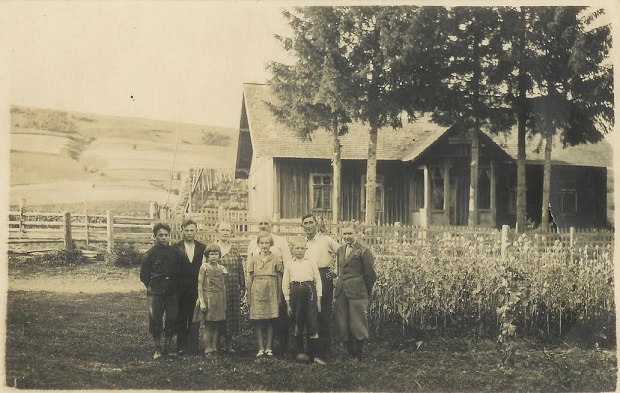Ruins of Mikolasch Passage

Mikolasch Passage was a glass-covered shopping arcade, which housed two cinemas, restaurants, cafes, and shops. The passage was built between 1898 and 1900. One entrance was from Kopernyka Street, through the entrance of Piotr Mikolasch's famous pharmacy. (In 1853 in Piotr Mikolasch's pharmacy, Jogann Zeh and Ignacy Lukasiewicz invented the first kerosene lamp. In 1892 the building on Kopernyka 1 was built for the new pharmacy by Karol Mikolasch, the son of Piotr.) The passage was destroyed by bombing in June 1941. Entrance from Kopernyka Street Inside Plan The ruins Ghost sign - looks like the middle of the word "Mikolascha"






